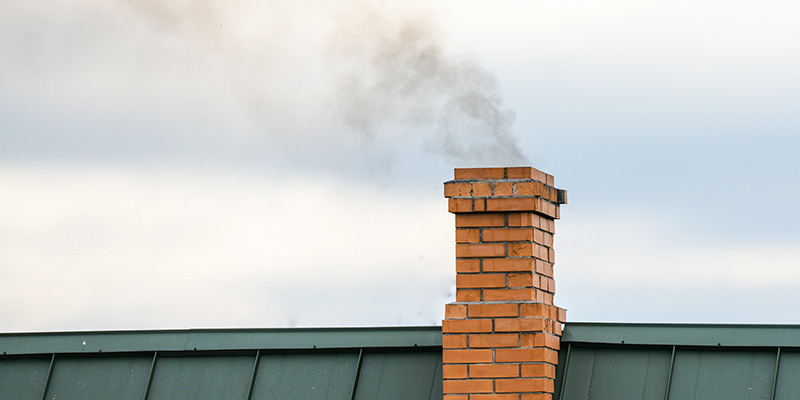
Have you Thought About Chimney Insulation?
One area of your home that could potentially cause and be a source of a cold draught, is your chimney. Strange right? Your chimney, typically known for keeping your home warm with a lovely fire, can actually become a burden for you when not in use.
However, insulating a chimney is extremely important to do correctly, as you definitely do not want to seal up too many air leaks and gaps, depending on how your chimney is designed. For example, the chimney stack, which has a primary focus of the smoke and chase, has an open cavity around it, this may lead people to believe this is the perfect area to insulate, however that is incorrect.
So, is it possible to insulate a chimney?
Insulating Around a Chimney
If your home has air leaks, whether that is around your chimney, walls, windows, floorboards, doors or roofing area, you will likely be subject to unwanted draughts. Throughout winter, these draughts will be cold and cause an unpleasant living experience in your home. Well chimneys are no different. Due to air leaks, sealing them with insulation seems to be the best answer, however, you need to be more careful when insulating a chimney.
Chimneys needs to radiate heat it generates, by insulating with spray foam, you will effectively prevent this from happening as the foam acts as a barrier. Other insulants such as fibreglass or cellulose will also not work as they are flammable, causing more concerning issues.
Therefore, it is probably best that you DON’T insulate around a chimney. However, there are better way to keep cold air out with chimney insulation.
Air Leaks in a Chimney
As you chimney gets older, a bit of wear and tear kicks in and can cause small cracks and openings along the chimney itself. As long as you are following any regulations your government has in place, you may be able to caulk the small cracks and openings.
Chimney Liner Insulation
Insulating a stainless-steel chimney liner can be beneficial to your home, this will allow the flue to heat up faster and to a higher temperature. Additionally, insulating the liner can help prevent a draught and even help you use less fuel for your chimney.
Using an insulation blanket, you can wrap it around the chimney liner, which also adds diameter to it, making it more difficult for tighter chimneys.
Insulating chimneys can be daunting and dangerous if not done correctly. We would highly advise that you consult with an expert in insulation before attempting any work that you are not 100% sure of.


